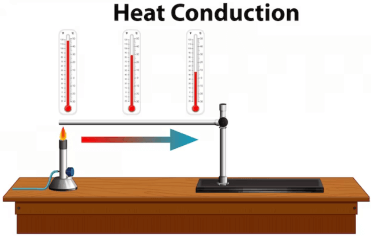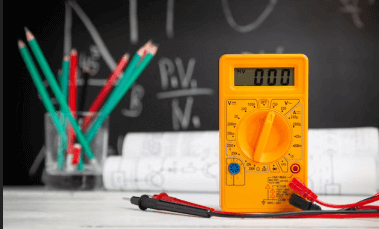Question
(i) Electrical motors
(ii) Economizers for steam power plant
(iii) Convectors for steam and cold water heating systems
(iv) Cooling coils
Identify the correct option
a.
1, 2 and 4
b.
1, 2 and 3
c.
1, 2, 3 and 4
d.
1 and 2
Posted under Heat Transfer From Extended Surfaces Heat Transfer
Interact with the Community - Share Your Thoughts
Uncertain About the Answer? Seek Clarification Here.
Understand the Explanation? Include it Here.
Q. Common applications of finned surfaces are with (i) Electrical motors (ii) Economizers for steam power plant (iii) Convectors for steam and cold water heating...
Similar Questions
Explore Relevant Multiple Choice Questions (MCQs)
Q. The extended surface used for the enhancement of heat dissipation is
View solution
Q. It is said that fins can take a variety of forms
(i) Longitudinal fins of rectangular cross section attached to a wall
(ii) Cylindrical tubes with radial fins
(iii) Conical rod protruding from a wall
Identify the correct statement
View solution
Q. A steel rod (k = 30 W/m degree) 1 cm in diameter and 5 cm long protrudes from a wall which is maintained at 10 degree Celsius. The rod is insulated at its tip and is exposed to an environment with h = 50 W/m² degree and t a = 30 degree Celsius. Calculate the fin efficiency
View solution
Q. If fin is sufficiently thin, so heat flows pertains to
View solution
Q. If heat dissipation for one fin is given by 377.45 k J/hour, then what is the heat dissipation for 12 fins?
View solution
Q. In order to achieve maximum heat dissipation the fin should be designed in such a way that has a
View solution
Q. A steel rod (k = 30 W/m degree) 1 cm in diameter and 5 cm long protrudes from a wall which is maintained at 10 degree Celsius. The rod is insulated at its tip and is exposed to an environment with h = 50 W/m² degree and t a = 30 degree Celsius. Calculate the rate of heat dissipation
View solution
Q. On a heat transfer surface, fins are provided to
View solution
Q. In heat dissipation from an infinitely long fin, the boundary conditions are
View solution
Q. The temperature distribution in case of infinitely long fin is
View solution
Q. The rate of heat transfer in case of infinitely long fin is given by
View solution
Q. Let us say there are two rods having same dimensions, one made of brass (k = 85W/m K) and the other of copper (k = 375W/m K), having one of their ends inserted into a furnace. At a section 10.5 cm away from the furnace, the temperature of brass rod is 120 degree Celsius. Find the distance at which the same temperature would be reached in the copper rod? Both ends are exposed to the same environment
View solution
Q. Three rods, one made of silver (l = 420W/m K), second made of aluminum (k = 210W/m K) and the third made of iron (k = 70W/m K) are coated with a uniform layer of wax all around. The rods are placed vertically in a boiling water bath with 250 mm length of each rod projecting outside. If all the rods are having following dimensions i.e. diameter = 15 mm and length = 300 mm and have identical surface coefficient 12.5W/ m² K, work out the ratio of lengths up to which wax will melt on each rod
View solution
Q. A rod of 10 mm square section and 160 mm length with thermal conductivity of 50W/m K protrudes from a furnace wall at 200 degree Celsius with convective coefficient 20 W/ square m K. Make calculations for the heat convective up to 80 mm length
View solution
Q. A fin protrudes from a surface which is held at a temperature higher than that of its environment. The heat transferred away from the fin is
View solution
Q. The value of correction length for equilateral fin is
View solution
Q. The parameter m = (h P/k A C)^1/2 has been stated to increase in a long fin. If all other parameters are constant, then
View solution
Q. The relevant boundary conditions in case of heat dissipation from a fin insulated at the tip are
View solution
Q. The temperature distribution in case of fin insulated at the tip is given by
View solution
Q. The rate of heat transfer from the fin in case of fin insulated at the tip is
View solution
Recommended Subjects
Are you eager to expand your knowledge beyond Heat Transfer? We've handpicked a range of related categories that you might find intriguing.
Click on the categories below to discover a wealth of MCQs and enrich your understanding of various subjects. Happy exploring!








